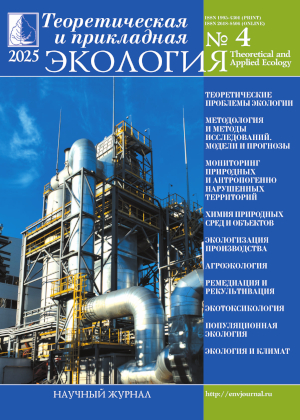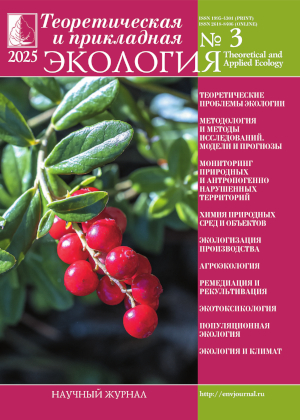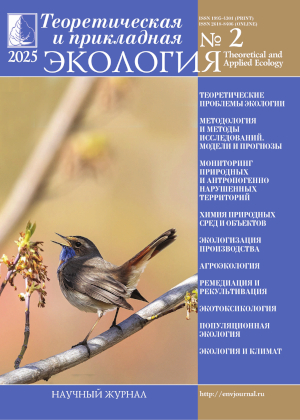 ISSN 1995-4301
ISSN 1995-4301(Print)
ISSN 2618-8406
(Online)
Online version of the journal
|
Influence of plants in consortium with microorganisms on agrochemical indicators of oil-contaminated soils |
||||
| V.I. Lyamzin, I.L. Bukharina, O.V. Zdobyakhina, A.A. Isupova | ||||
| Section: Remediation and rehabilitation |
||||
| The article presents the results of laboratory experiment on the study of the effect of biological oil-product destructor, endotrophic fungi (micromycete) and higher plant on agrochemical parameters of oil-contaminated soddy podzolic soil of different soil texture. The bioremediation stage of sandy loam and loamy soddy podzolic soils with an oil content of 5 and 10% was simulated for the experiment. As ameliorants in various combinations were used: biologic “Mikrozim Petro Trit” (Bacillus sp., Atherobacter sp., Nocordia sp., Rhodococcus sp., Pseudomonas sp.) (control when using only a biological oil-product destructor), the plant ameliorant Kentucky bluegrass (Poa pratensis L.), and the endotrophic micromycete Fusarium equiseti (Corda) Sacc. After the end of the six month laboratory experiment the mass fraction of labile phosphorus in the variant with a 5% level contamination of loamy soddy podzolic soil with oil and the joint application of the oil-destructive biologic product, plant and endotrophic fungi of the genus Fusarium decreased certainly by 1.5 times, labile potassium almost 2 times compared with the control variant. Applying the same set of ameliorants was revealed maximum availability of labile phosphorus for plants and microorganisms and intensive organic matter degradation in comparison with the use only a biological oil-product destructor consisting of hydrocarbon-oxidizing microorganisms.
The application of plant in consortium with mocroorganisms led to significant changes in the actual soil acidity, the mass fraction of mobile potassium and phosphorus in comparison with the use of an only biological product on sandy loam soddy podzolic soil with 5 and 10% oil contamination. |
||||
| Keywords: oil pollution, biological oil-product destructor, bioremediation, endotrophic fungi, biological stage of remediation, agrochemical indicators of soil |
||||
| Link | ||||
| Article published in number 4 for 2022 DOI: 10.25750/1995-4301-2022-4-166-171 |
||||
|
|
36, Moskovskya street, Kirov, 610000, Editorial Board "Theoretical and Applied Ecology." Phone/fax: (8332) 37-02-77 e-mail: envjournal@vyatsu.ru The journal was founded in 2007 |
||||||




 Select viewing options
Select viewing options